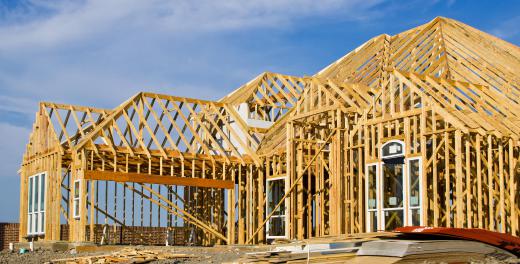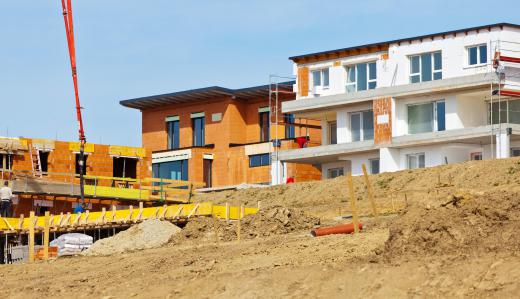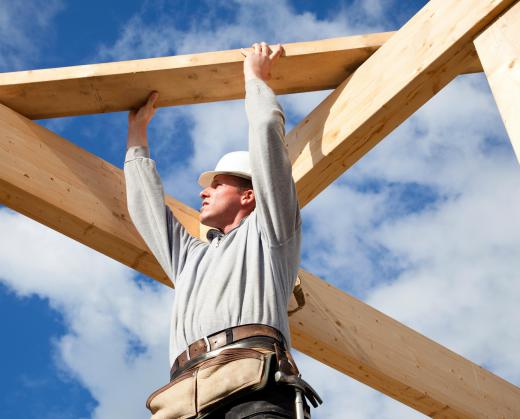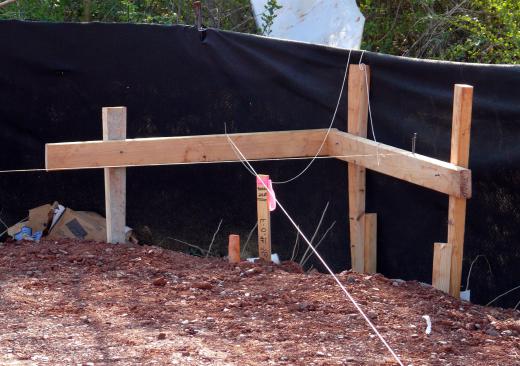Platform framing is a method of construction used primarily in small structure applications, such as in the construction of houses or small apartment complexes and buildings. The name platform framing is derived from the manner in which the construction is undertaken. The process used is to build upward from the foundation, or platform.
In platform framing, multiple platforms can be constructed on top of the framework. Each platform provides vertical support for each level in the building’s construction. The amount of support provided depends on the parameters and capacities of the materials used and the manner in which the design of the building has been laid out.

In most cases, platform framing is the method of choice for residential home building because it allows for the efficient upward construction of the residence. The foundation is set, either through the use of pressure treated lumber to prevent rot or through reinforced concrete slab work. This creates the first platform onto which the residence will be built.

Once the foundation has been constructed, the first floor of the building can be added to the platform. This then allows for another platform to be built on top of that for two story homes. In one-story homes, the roof may be built directly on top of the first platform and frame.
Each platform frame generally consists of a prescribed amount of lumber and hardware. The required amount of materials used for each level in platform framing varies according to each region’s construction codes regarding residential construction. Most codes, for example, require the foundation’s platform to be fitted with a sill plate.

A sill plate provides a uniform surface atop the platform. This surface allows for a consistent height for each vertical support, or “stud” within the framework of that platform’s level. These studs are generally required by building codes to be located every 16 inches (40.64 cm). The studs are a means of providing enough stability to support another platform on top of the first.

In constructions where there are multiple platforms being built onto the same foundation, each platform after the first must be constructed out of joists. The first joist to be implemented is the rim joist. The rim joist is placed on its side around the perimeter of the sill plate for that platform, which has been attached to the first platform’s stud tops. This joist system is used to create a stable means of connecting the floor joists, which make up the next platform’s foundation, to the rim joist, in order to create the platform of the second floor.
